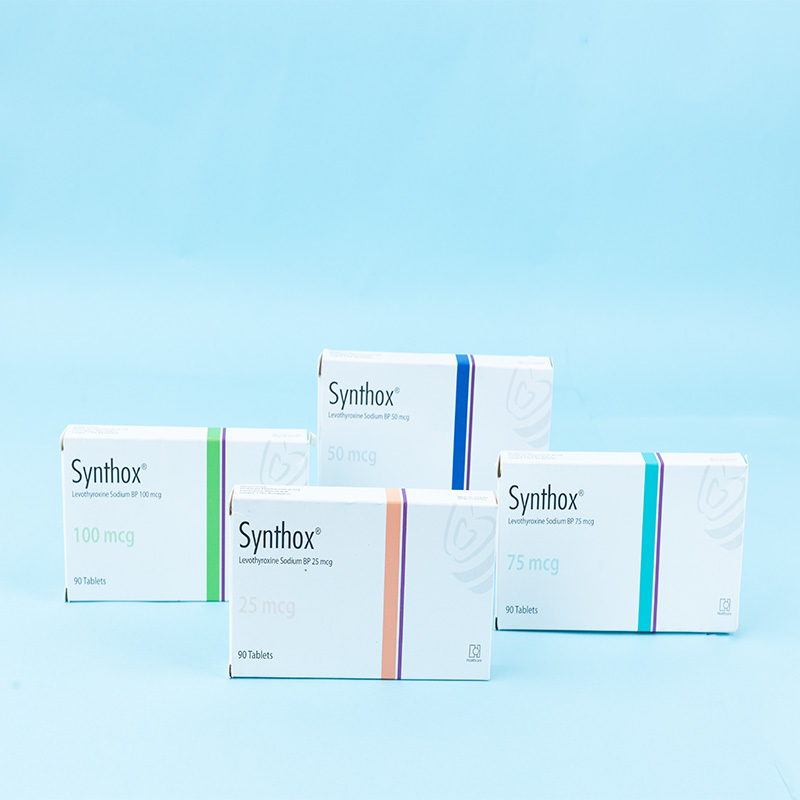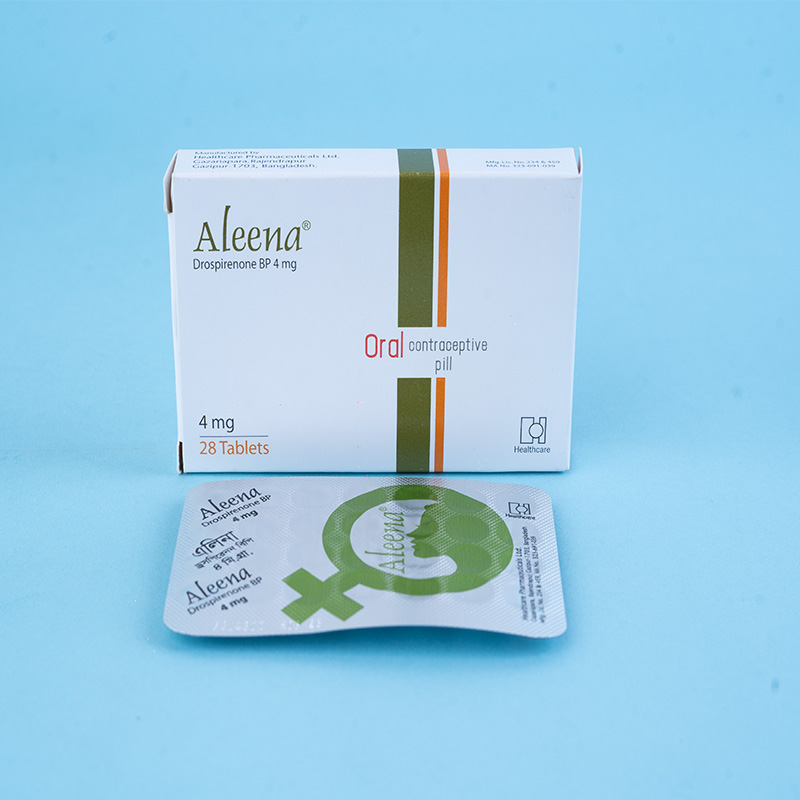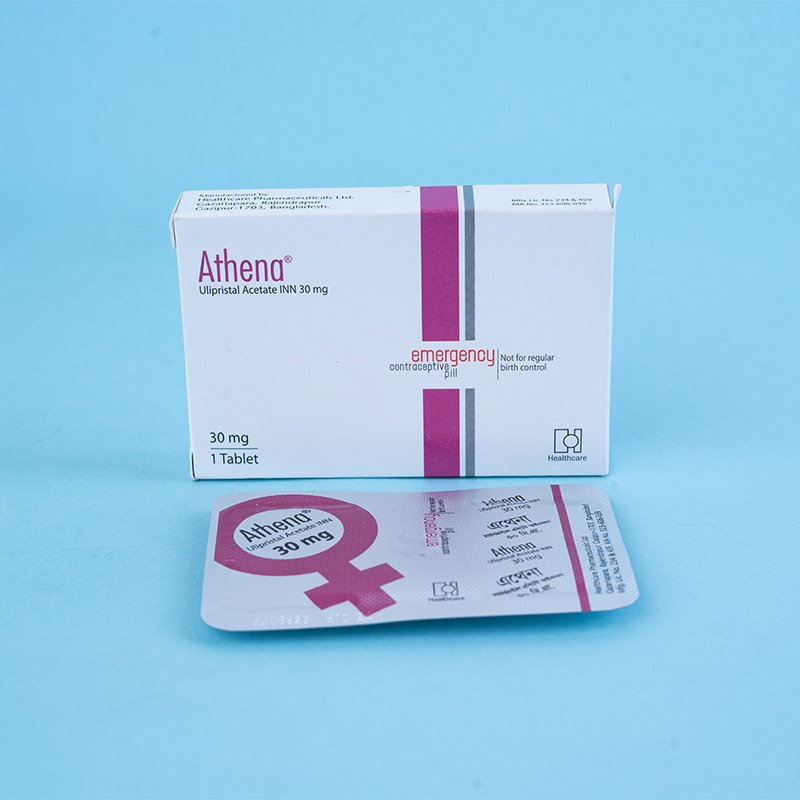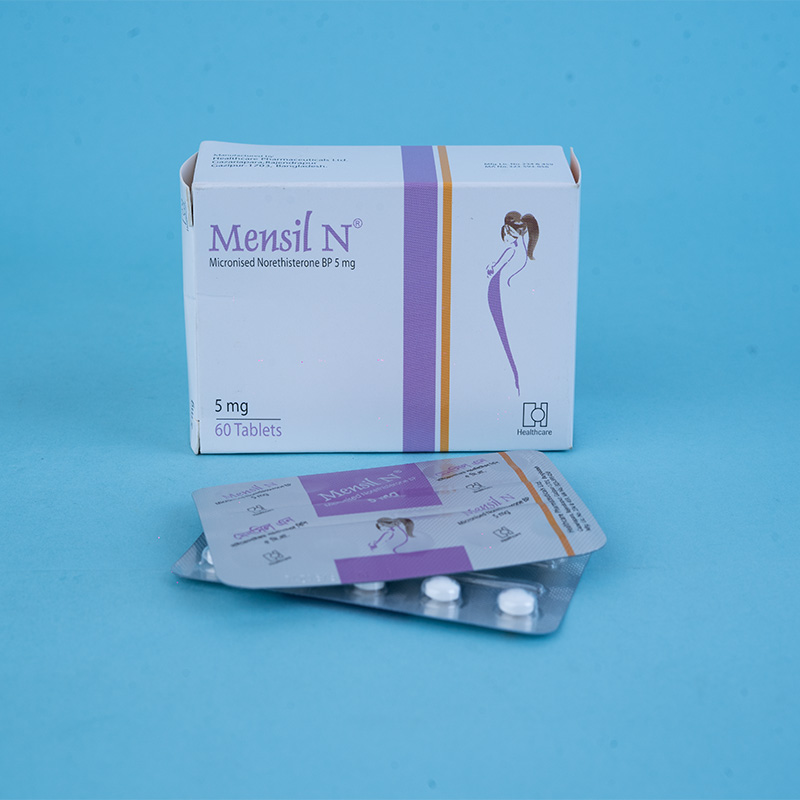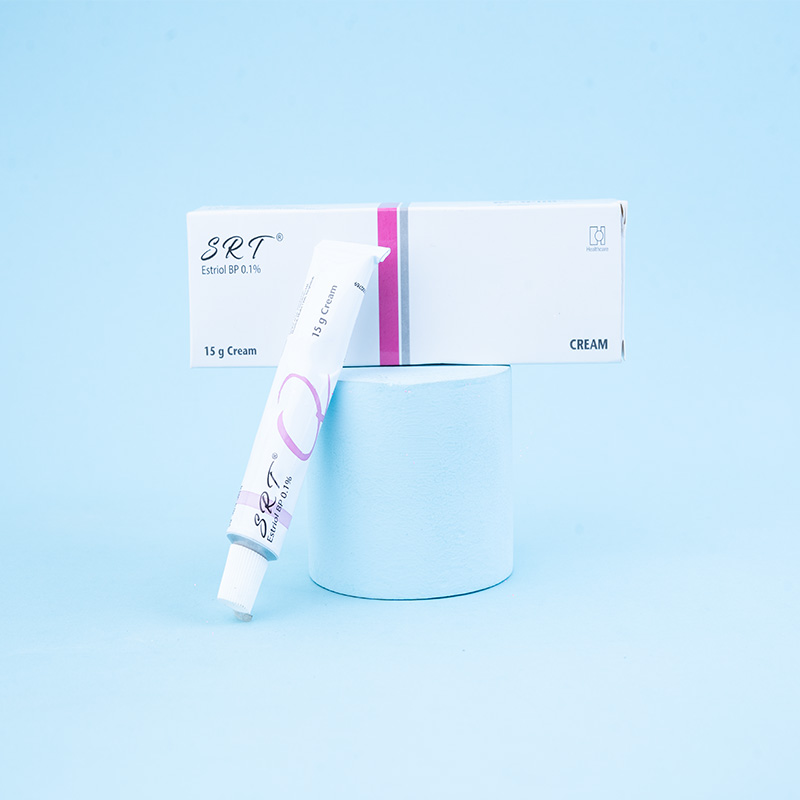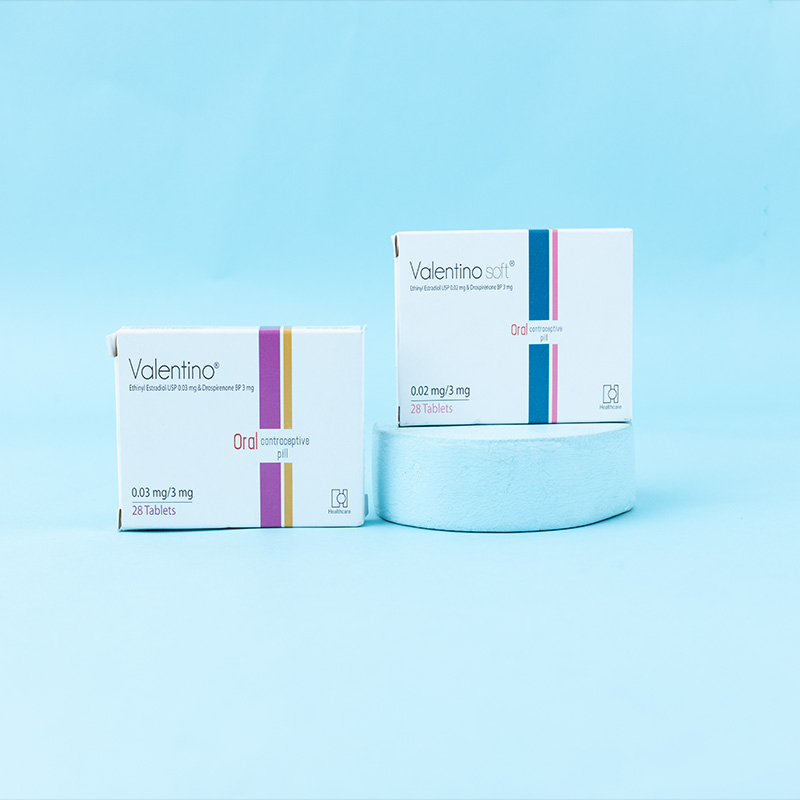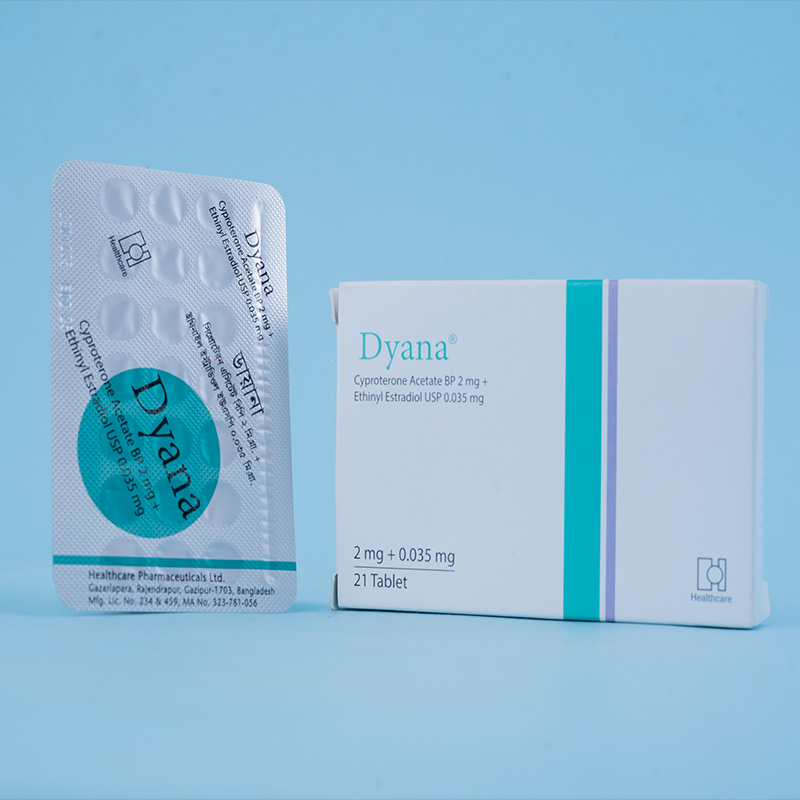Levothyroxine is indicated for replacement therapy in hypothyroidism of any etiology, but should not be used in transient hypothyroidism during the recovery phase of subacute thyroiditis. It is also used to suppress Thyroid Stimulating Hormone (TSH) levels in the presence of goiters, nodules, and post-radiological or surgical treatment of thyroid cancer. Additionally, it suppresses the goitrogenic effects of other medications, such as lithium, and serves as a diagnostic aid in suppression tests.

Levothyroxine (T4) is a synthetic thyroid hormone identical to the natural hormone produced in the thyroid gland. Approximately 30% of T4 converts to the more active Triiodothyronine (T3) in peripheral tissues. T4 is primarily carried by Thyroxine Binding Globulin (TBG), which protects it from metabolism and prolongs its circulation half-life (6-7 days). In hyperthyroidism, this half-life shortens to 3-4 days, while in hypothyroidism, it may extend to 9-10 days. The liver degrades thyroid hormones, which are reabsorbed through enterohepatic circulation. A stable blood level of T3 is achieved with a single daily dose of levothyroxine, reducing variation in therapeutic effect once the correct dosage is established.

For adults, the initial starting dose is 25-50 mcg/day, with gradual increments every 6-8 weeks as needed, adjusting in 12.5-25 mcg increments until TSH levels normalize. For severe hypothyroidism, start at 12.5-25 mcg/day with increases of 25 mcg every 2-4 weeks. In secondary or tertiary hypothyroidism, adjust until clinical euthyroidism and free T4 levels are normalized. For patients over 50 or with cardiac issues, the dose is 1.7 mcg/kg/day.
- Pediatric dosing varies by age:
- Newborns: 10-15 mcg/kg/day, increasing as needed
- Infants and children: Initial dose of 25 mcg/day, with increments of 25 mcg every 2-4 weeks based on response.
Adjust doses according to clinical and laboratory parameters.

Concurrent use of tricyclic antidepressants and Levothyroxine may enhance therapeutic and toxic effects, increasing risks of arrhythmias and CNS stimulation. Addition of Levothyroxine to diabetic therapy may necessitate increased dosages. Monitor diabetic control when starting or adjusting thyroid therapy, as serum levels of digitalis glycosides may decrease in hyperthyroidism.

Levothyroxine is contraindicated in untreated thyrotoxicosis, acute myocardial infarction, and uncorrected adrenal failure.

Side effects primarily stem from hyperthyroidism due to overdose, including fatigue, increased appetite, weight loss, heat intolerance, central nervous system effects (e.g., headache, irritability), cardiovascular issues (e.g., palpitations), gastrointestinal symptoms (e.g., diarrhea), and dermatologic reactions (e.g., hair loss).

Levothyroxine is classified as Pregnancy Category A. Pregnancy may increase its requirements, and while thyroid hormones are minimally excreted in breast milk, caution is advised for nursing women to maintain normal lactation with adequate replacement doses.

Caution is advised in patients with pituitary-related hypothyroidism, as adrenal insufficiency may also be present. Adjust starting doses carefully in patients with cardiovascular disease or severe long-standing hypothyroidism to avoid adverse effects. Significant body weight changes during treatment require dosage adjustments, and TSH levels should be monitored to establish appropriate dosages.

Overdose symptoms resemble hyperthyroidism and can include agitation, confusion, tachycardia, and more severe complications like cerebral embolism and shock. If overdose occurs, reduce or discontinue Levothyroxine and treat symptomatically.

Store below 30°C in a dry place, protected from light, and keep out of reach of children.


